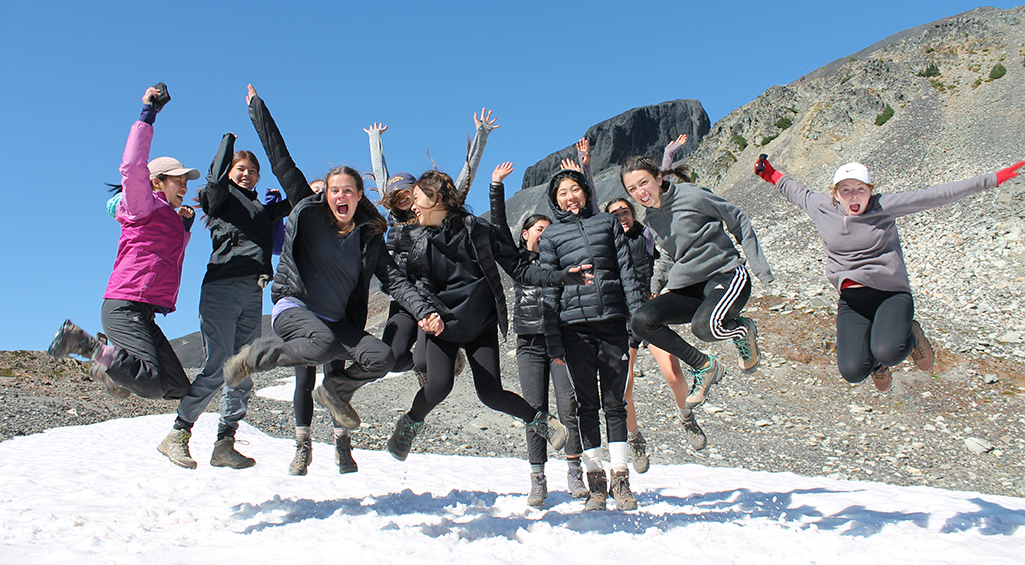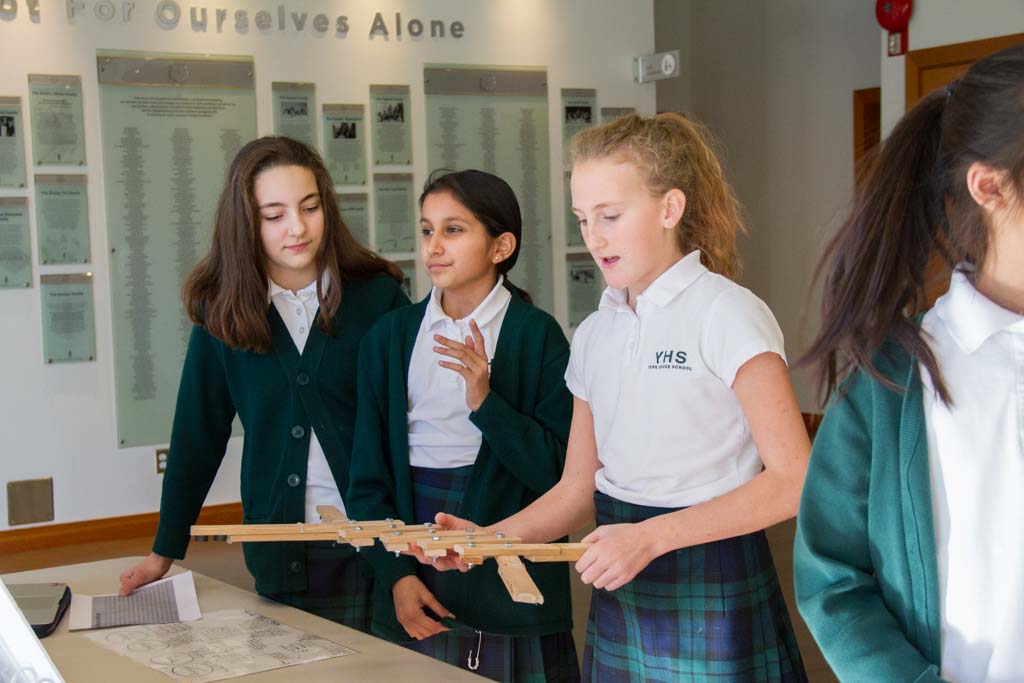Gr. 10s at Garibaldi
Grade 10s accomplished a 4-day journey to Garibaldi Park. Some girls went to Elfin Lakes, and other went to Garibaldi Lake. They each climbed at least 600m in elevation on the first day with full backpacks, quite an accomplishment! There were stunning views, moments of challenge/growth, and moments of joy had by all. Watch the video below created by Olivia, Grade 10, and see more photos here: desktop | mobile.
Gr. 8s at Manning Park
Grade 8s went to Manning park where they canoed, mountain biked, hiked, cooked, connected with each other and connected with their teachers. See the photos below.
Gr. 6s at Camp Summit
Grade 6s went to Camp Summit, in the Squamish Valley. Here they participated in all sorts of camp activities such as high ropes, low ropes, fire building, mountain biking, big field games and countless other adventures. The girls slept in cabins, and had a huge amount of fun!
Gr. 5s at Sea to Sky Outdoor School
Grade 5s went to Sea to Sky Outdoor School, on the Sunshine Coast. They canoed in huge voyageur canoes, they explored the forest, and learned about the ocean. They took a day trip over to Gambier Island by canoe where they got to explore new beaches and magical mossy fern gullies. The focus of this trip was learning about sustainability. What does that word mean, and what part do we have to play? See the full photo gallery here: desktop | mobile.
Gr. 1-4 at Pacific Spirit Park
Students in grades 1-4 have all experienced a forest day in Pacific Spirit Park this fall. They spend the day playing and learning in our very own city forest. They heard stories, played games, learned about the plants and the trees, and so much more. See photos of the Gr. 2s below.
Robin Friesen
Coordinator of Outdoor Education and Risk Management




